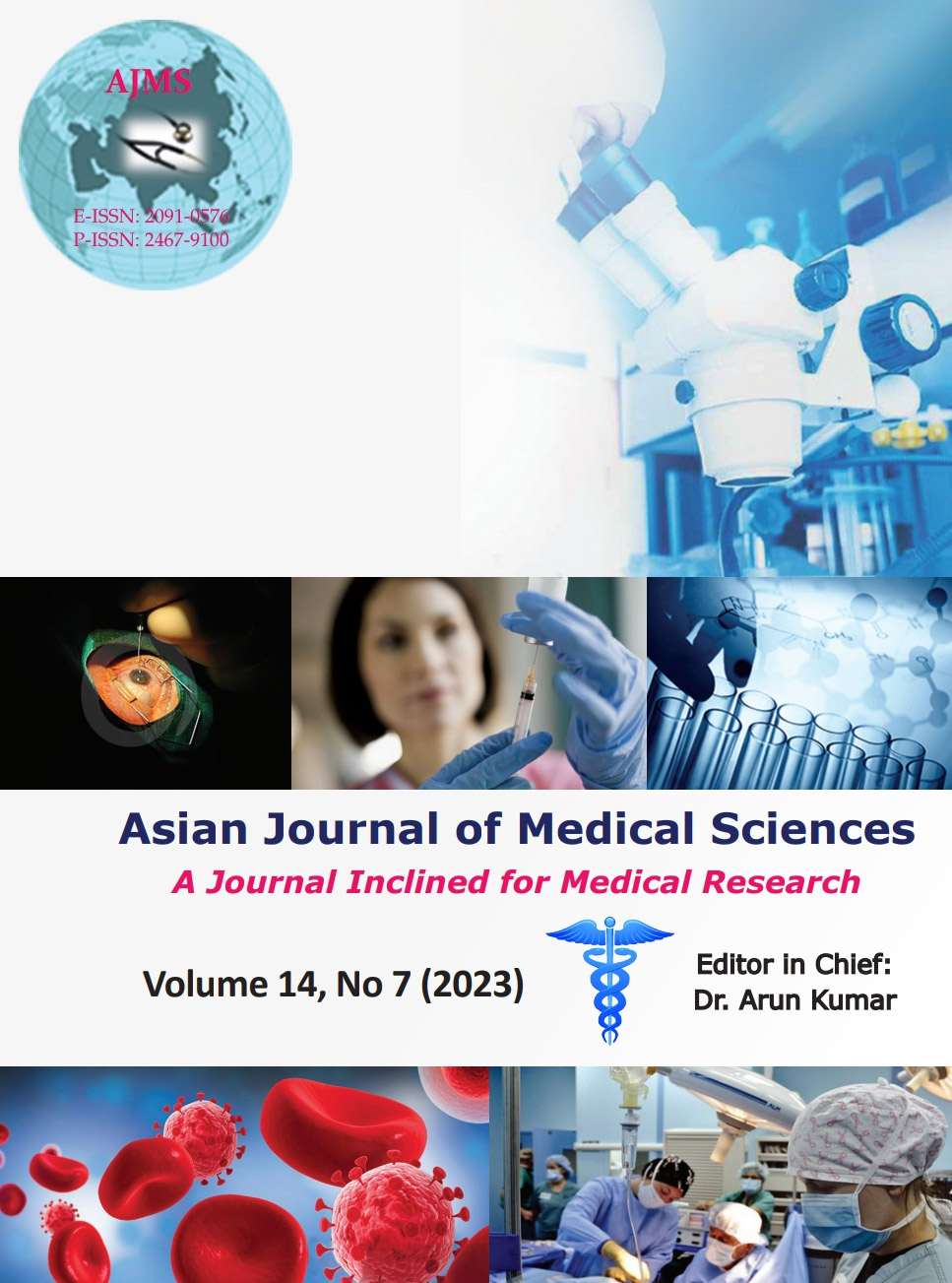A comparative study between covering ileal loop-without ostomy or delayed ostomy and diversion ileostomy for patients undergoing large bowel anastomosis
Keywords:
Bowel anastomoses; Anastomotic procedure; Ileal loop; Delayed ostomy; Diversion ileostomyAbstract
Background: In elective and emergency general surgery, bowel anastomoses are common procedures. Although several stoma-related issues may arise following stoma creation, establishing a stoma is incredibly morbid.
Aims and Objectives: The study compares patients with diversion ileostomies (stomas) to those who had to cover ileal loops without ostomies or delayed ostomies for large bowel anastomosis to compare the risks and advantages of each procedure.
Materials and Methods: This prospective and comparative study was conducted on 50 patients undergoing large bowel anastomosis. Patients were divided into two groups: Group A: Those with covering ileal loop without or delayed ostomy, and Group B: Those undergoing diversion ileostomy.
Results: Demographic data of the study indicated that most of the participants in both groups were male (72% in covering ileal loop and 64% in diversion ostomy). In both groups, most participants belonged to the >45 age group. We have seen a significant difference in the setting of surgery, Vitamin B 12 levels, early complications, late complications, and time of takedown comparing covering ileal loop to the diversion ostomy group.
Conclusion: This study showed reduced postoperative morbidity and complications of stomas following covering ileal loop compared to diversion ileostomy. Hence, the technique should be considered.
Downloads
Downloads
Published
How to Cite
Issue
Section
License
Copyright (c) 2023 Asian Journal of Medical Sciences

This work is licensed under a Creative Commons Attribution-NonCommercial 4.0 International License.
Authors who publish with this journal agree to the following terms:
- The journal holds copyright and publishes the work under a Creative Commons CC-BY-NC license that permits use, distribution and reprduction in any medium, provided the original work is properly cited and is not used for commercial purposes. The journal should be recognised as the original publisher of this work.
- Authors are able to enter into separate, additional contractual arrangements for the non-exclusive distribution of the journal's published version of the work (e.g., post it to an institutional repository or publish it in a book), with an acknowledgement of its initial publication in this journal.
- Authors are permitted and encouraged to post their work online (e.g., in institutional repositories or on their website) prior to and during the submission process, as it can lead to productive exchanges, as well as earlier and greater citation of published work (See The Effect of Open Access).




